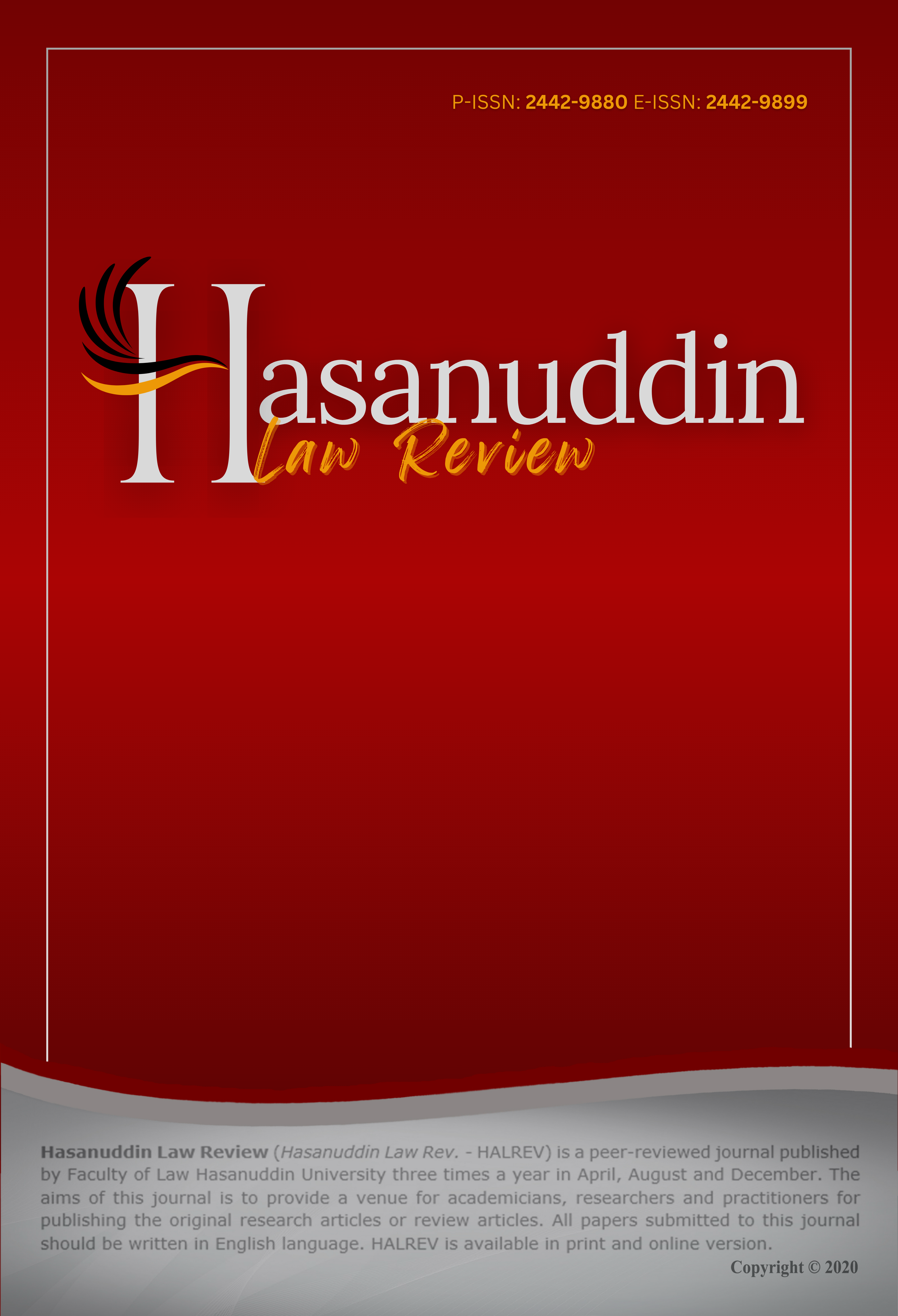Abstract
The establishment of lasting peace as a requirement for overall societal development is one of the major challenges facing emerging multi-ethnic societies. On the other hand, a lack of fundamental rights and liberties can spark unrest within the state, with the potential for conflict escalation and the involvement of other countries. The Balkan region is a classic example of ethnic conflict that has resulted in crimes and deep enmities between people who once lived peacefully together. The paper compares Kosovo to other Balkan countries in terms of the importance of empowering minority rights and freedoms, as well as using the proactive approach of governmental institutions to include minority community members in the decision-making process. The research has found that the minority groups are not well informed on legal guarantees of their rights and liberties, therefore the impression of legal gaps in safeguarding the latter is very significant. Long-term peace can be maintained by ensuring minorities' rights through the constitution and legal framework and then ensuring those rights are known to the minorities and upheld as well. The article applies a legal-doctrinal, analytical, comparative, qualitative, and quantitative method to determine the legal framework of minority community rights in Kosovo and how they interact with state institutions.
- The journal holds the copyright for each article published with work licensed simultaneously under a Creative Commons Attribution 4.0 International License, which allows others to share the work with an acknowledgment of the authorship and early publication of the work in this journal.
- Authors must agree to the copyright transfer agreement by checking the Copyright Notice column at the initial stage when submitting the article.


